
Lady dumps baking soda down her sink. Here’s the genius reason why
In many homes, the kitchen sink serves as a central hub of daily life. From washing dishes to rinsing vegetables, it handles a steady stream of activity every day. Over time, this constant use leads to a buildup of grime, grease, soap scum, and even unpleasant odors. While there are countless commercial products designed to tackle these problems, one of the most effective—and eco-friendly—solutions may already be sitting in your pantry: baking soda.
Often reserved for baking recipes or keeping the refrigerator fresh, baking soda (sodium bicarbonate) is a remarkably versatile household item. By simply pouring it down the sink, homeowners can address a wide range of issues—such as minor clogs, stubborn stains, and lingering odors—without resorting to harsh chemicals or costly cleaners.
Understanding the Science Behind Baking Soda
Baking soda, scientifically known as sodium bicarbonate, is a mild alkali, meaning it can dissolve dirt, grease, and other organic materials in water. Its gentle abrasive texture helps scrub surfaces without scratching them, while its chemical properties allow it to neutralize acids, effectively eliminating odors at their source rather than just masking them.
When baking soda is combined with an acidic agent like white vinegar or lemon juice, a bubbling reaction occurs as carbon dioxide gas is released. This fizzy action helps to dislodge small particles that may be stuck in your sink or drain, clearing away grime in a safe and natural way. This reaction is not only fascinating to watch—it’s a practical demonstration of how simple chemistry can make household cleaning more efficient.
The Benefits of Using Baking Soda for Sink Maintenance
There are numerous reasons to make baking soda your go-to cleaner for sink care:
-
Eco-Friendly and Non-Toxic: Baking soda is a safe, biodegradable alternative to chemical cleaners, making it ideal for households with children or pets.
-
Affordable and Accessible: You can find it in virtually every grocery store, and a single box lasts for weeks or months.
-
Gentle Yet Effective: It cleans thoroughly without damaging delicate finishes like stainless steel or porcelain.
-
Natural Deodorizer: It eliminates unpleasant odors instead of covering them with artificial scents.
-
Versatile: Beyond sinks, baking soda can be used to clean countertops, cutting boards, and even dish sponges.
By replacing commercial cleaners with baking soda, homeowners not only save money but also contribute to a more sustainable cleaning routine.
Materials Needed for the Baking Soda Sink Cleaning Method
To effectively clean your sink using baking soda, gather the following items:
-
Baking soda
-
White vinegar (or lemon juice for a citrus scent)
-
A scrub brush or sponge
-
Hot water
-
A microfiber cloth for drying
-
(Optional) A few drops of essential oils such as lavender, eucalyptus, or lemon for extra freshness
Having these materials ready ensures a smooth and efficient cleaning process.
Step-by-Step Guide to Cleaning Your Sink with Baking Soda
-
Rinse the Sink: Start by flushing the sink with hot water to loosen food particles and surface residue.
-
Apply Baking Soda: Sprinkle a generous amount over the entire sink, paying extra attention to stained or greasy areas.
-
Scrub Thoroughly: Using a sponge or brush, scrub the sink in circular motions to lift grime and residue.
-
Add Vinegar: Pour white vinegar over the baking soda. The mixture will fizz dramatically as it reacts.
-
Let It Sit: Allow the reaction to work for 5–10 minutes to break down buildup and neutralize odors.
-
Rinse Again: Rinse the sink thoroughly with hot water to wash away all traces of baking soda and vinegar.
-
Dry the Surface: Wipe down the sink with a microfiber cloth to prevent water spots and leave a sparkling finish.
For an extra touch of shine, you can polish the sink afterward with a bit of olive oil or stainless-steel cleaner.
Why This Method Works So Well
This method combines the abrasive power of baking soda with the chemical reaction of vinegar to create a dynamic cleaning effect. The fizzing action helps loosen grime, while the alkalinity of baking soda cuts through grease and food residue. Unlike commercial drain cleaners that can corrode pipes or release toxic fumes, this approach is gentle on plumbing and safe for the environment. It’s an elegant, science-backed way to keep your kitchen clean and odor-free.
Additional Tips for Keeping Your Sink Fresh and Clean
-
Treat your sink weekly with a quick baking soda and vinegar cleanse to prevent buildup.
-
Avoid pouring grease or oil down the drain; let it solidify and dispose of it in the trash instead.
-
Use a sink strainer to catch food scraps before they go down the drain.
-
For a lasting fresh scent, sprinkle baking soda mixed with a few drops of essential oil into the drain once a week.
-
Disinfect your sponge regularly by soaking it in hot water and baking soda.
Small, consistent habits can dramatically extend the cleanliness and lifespan of your sink.
Common Mistakes to Avoid
Even with such a simple method, a few mistakes can reduce its effectiveness:
-
Using too much vinegar: This can neutralize the baking soda too quickly, limiting its cleaning action.
-
Rushing the process: Allow enough time for the fizzing reaction to work before rinsing.
-
Cleaning aluminum sinks: Baking soda can cause discoloration on certain metal surfaces—test a small area first.
-
Ignoring severe clogs: Baking soda is ideal for maintenance but may not fix serious blockages that require professional attention.
Being mindful of these pitfalls ensures the best possible results.
Conclusion: Rediscovering a Household Classic
Baking soda is far more than a baking ingredient—it’s a powerful, affordable, and sustainable cleaning ally. By incorporating it into your regular sink maintenance routine, you can keep your kitchen fresh, hygienic, and chemical-free.
This simple yet ingenious approach highlights how everyday materials can make household chores easier and more environmentally responsible. Sometimes, the most effective solutions are not found in fancy bottles, but right on your pantry shelf.
News in the same category


Why Do Flat Electrical Plugs Have Two Round Holes? The Hidden Function Is Brilliant
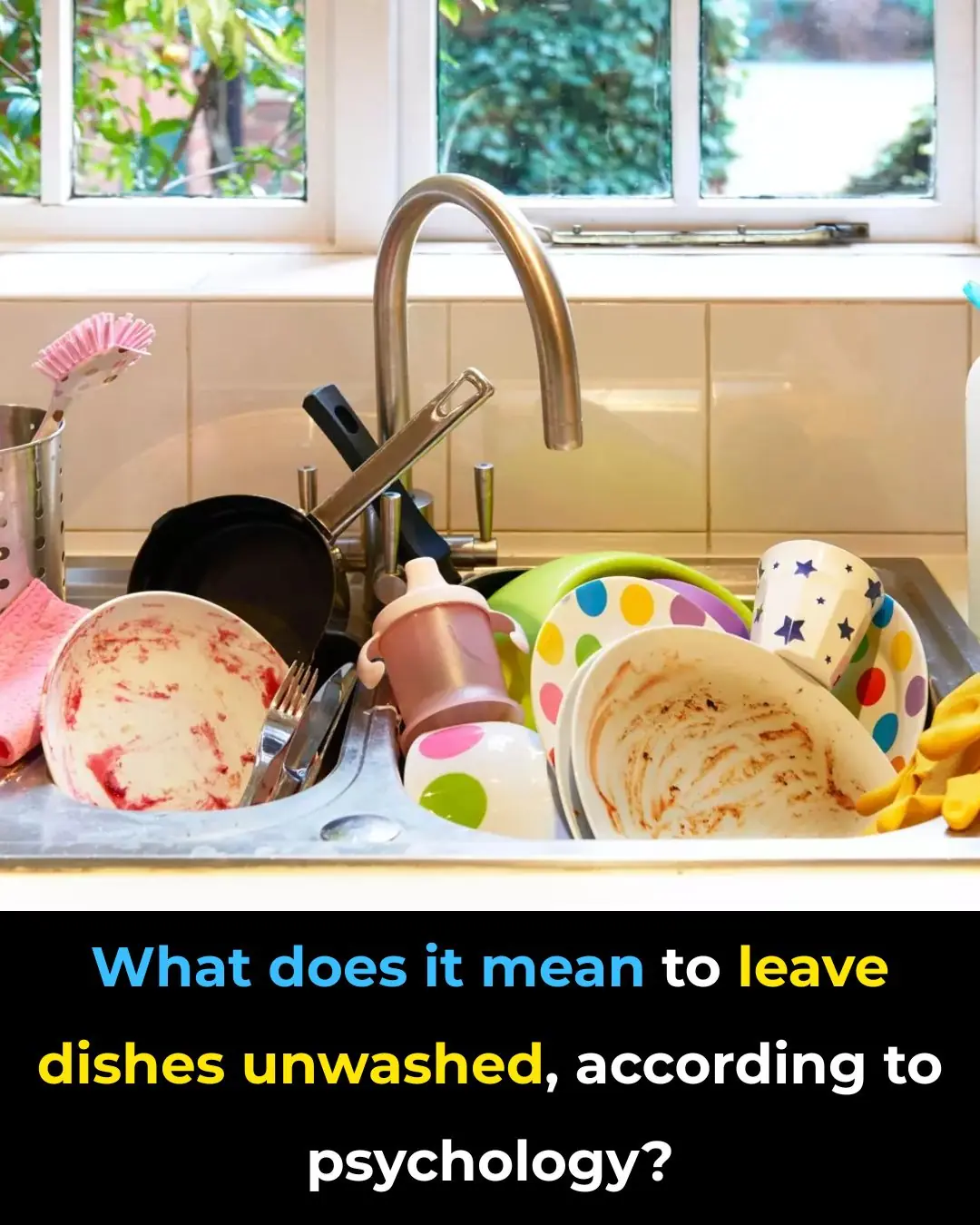
What Your Pile of Dirty Dishes Might Really Be Saying About You
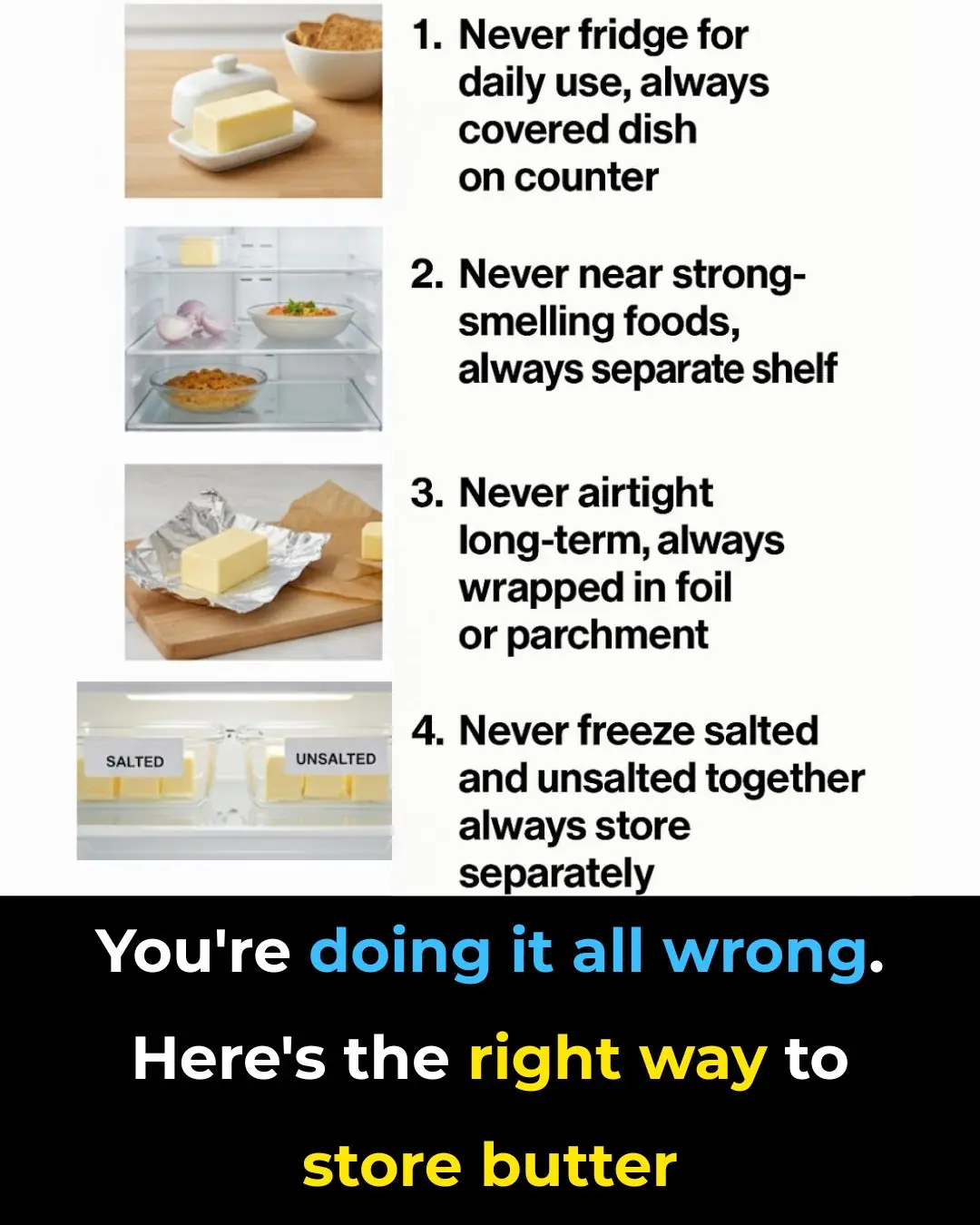
You're doing it all wrong. Here’s the right way to store butter
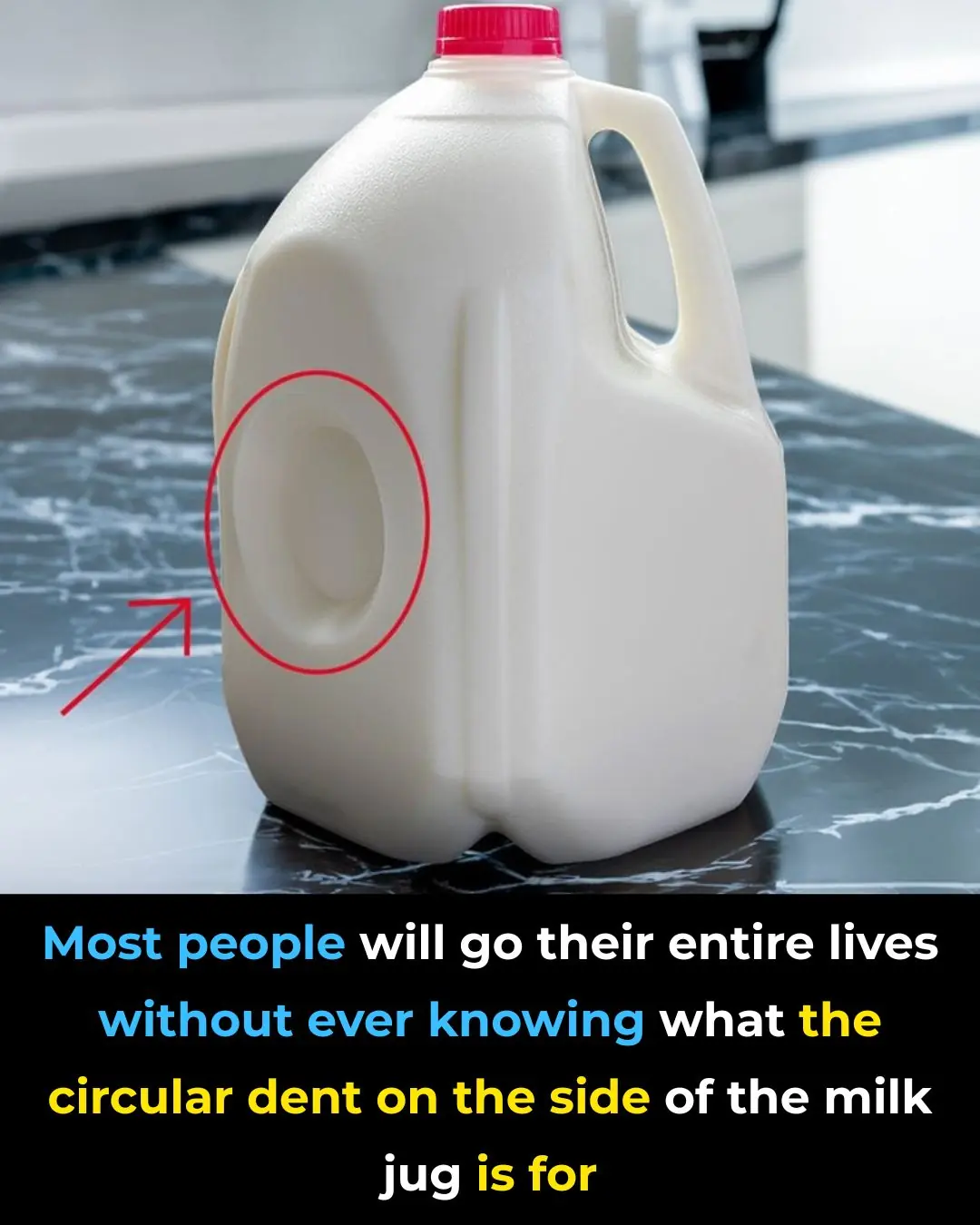
Why There’s a Dent in Your Milk Jug—and What It Actually Does

The more you clean a leaky house, the dirtier it gets: Do this to dry it, with immediate effect
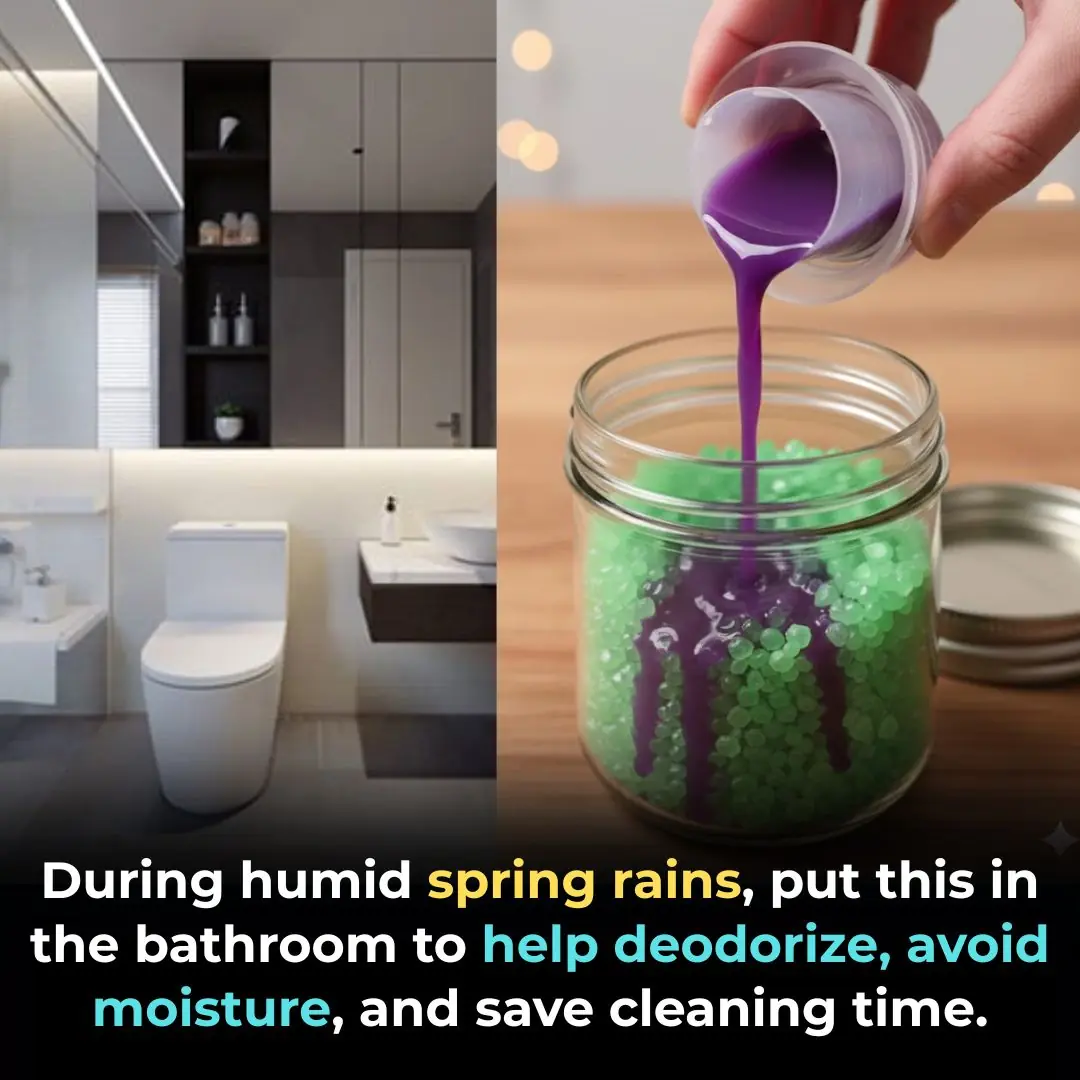
During humid spring rains, put this in the bathroom to help deodorize, avoid moisture, and save cleaning time.
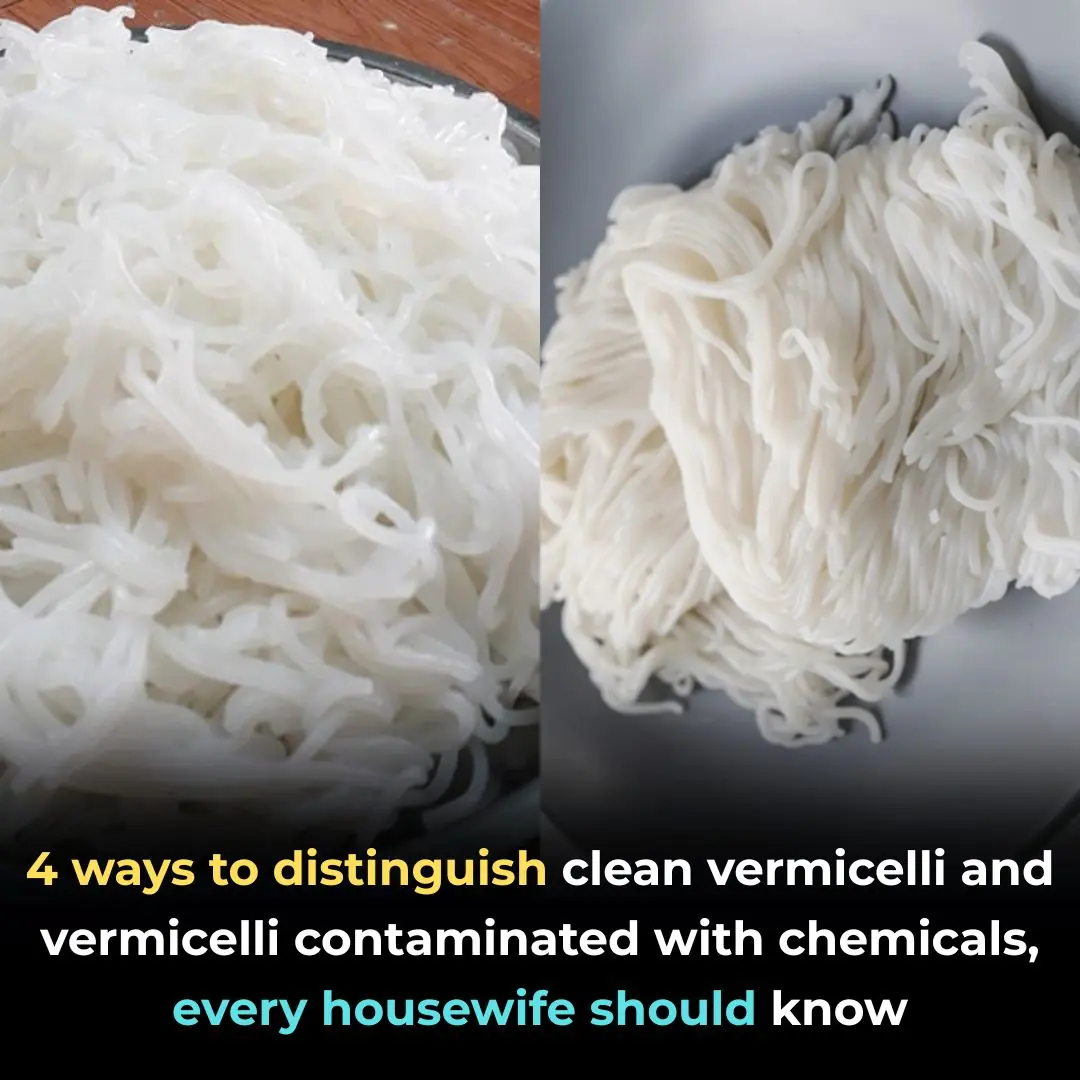
4 ways to distinguish clean vermicelli and vermicelli contaminated with chemicals, every housewife should know
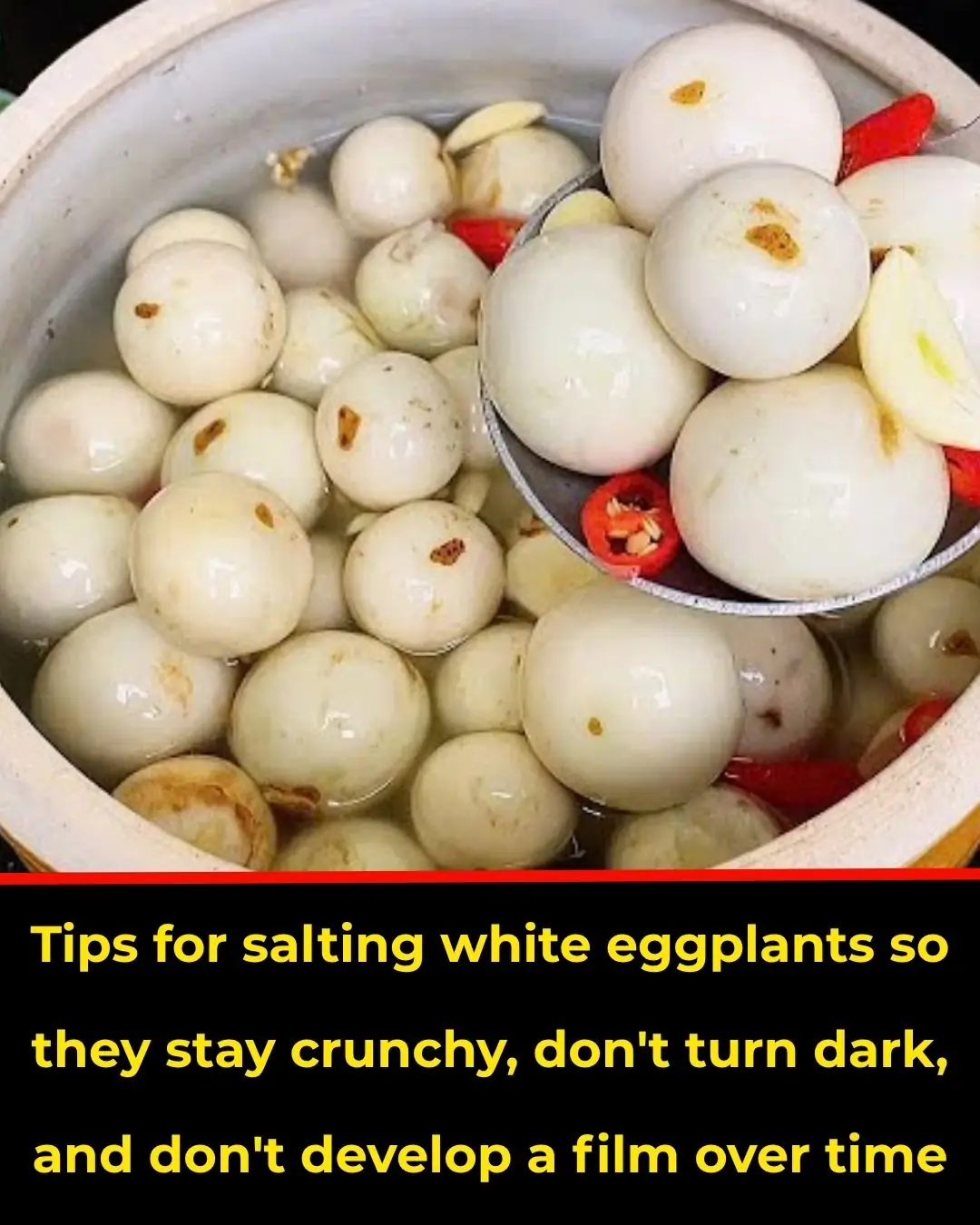
Tips for salting white eggplants so they stay crunchy, don't turn black, and don't develop mold over time
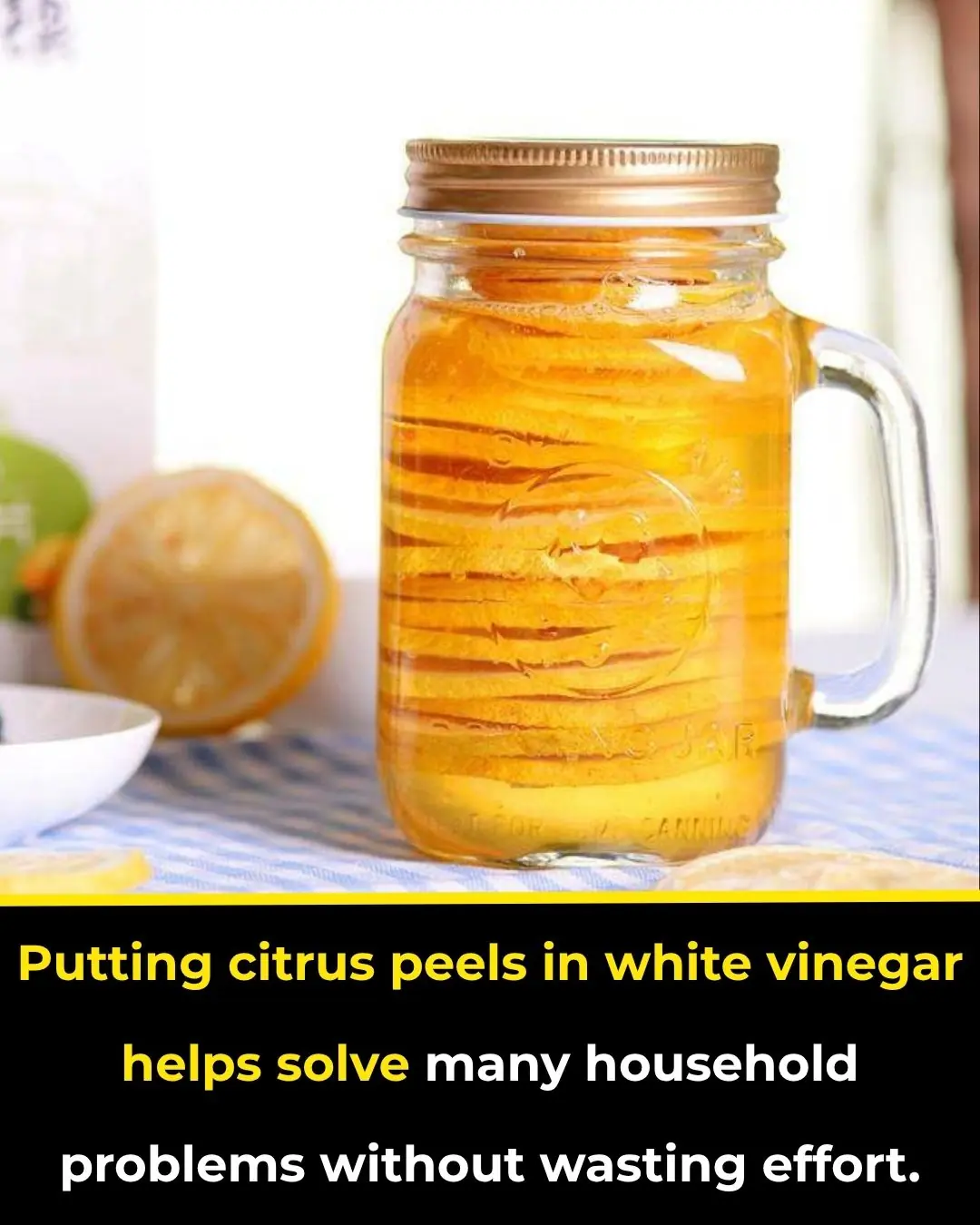
Putting citrus peels in white vinegar helps solve many household problems without wasting effort.

The whole world values this type of fruit even more than cordyceps; Vietnam has plenty of it, but no one knows to eat it.
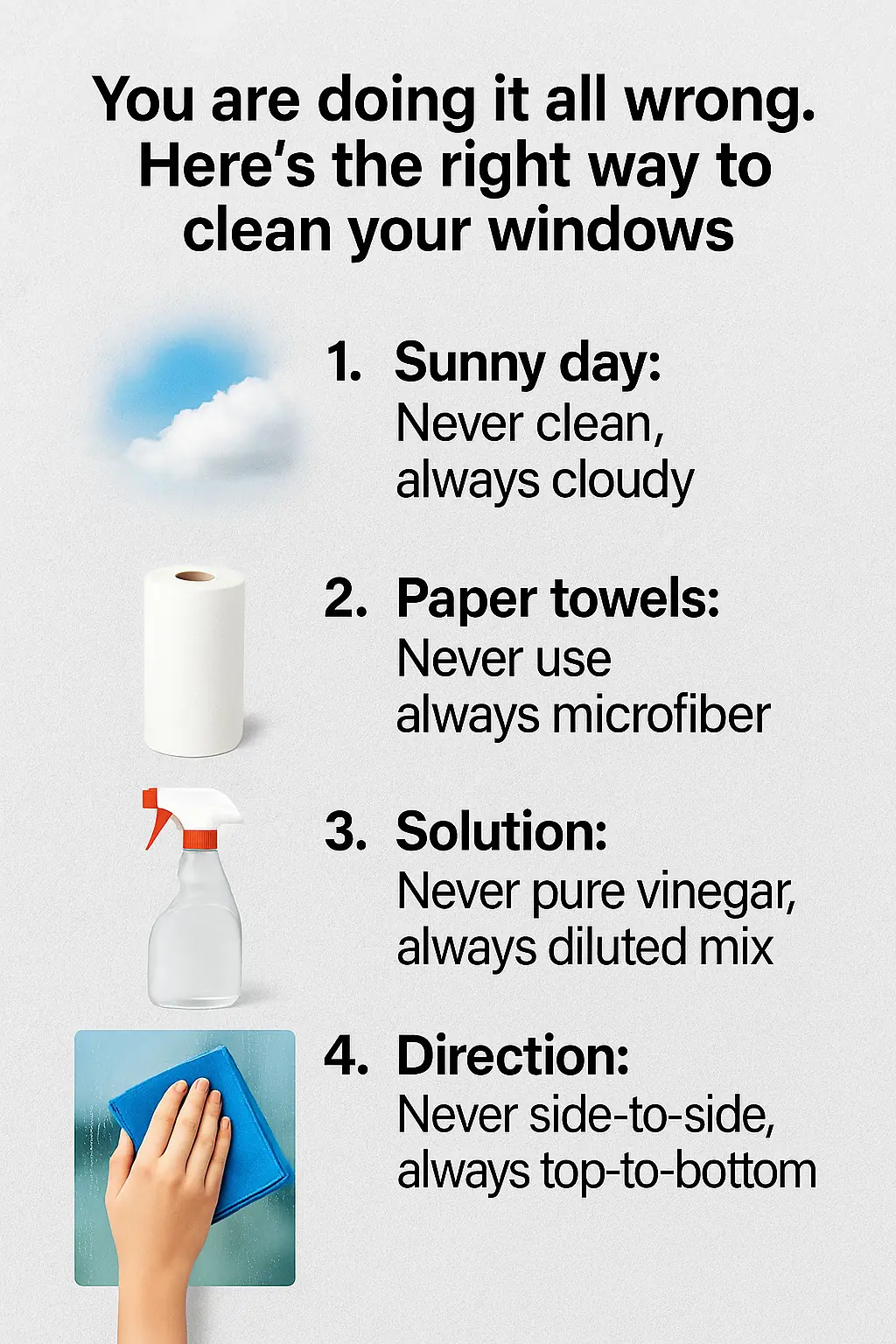
You are doing it all wrong. Here's the right way to clean your windows
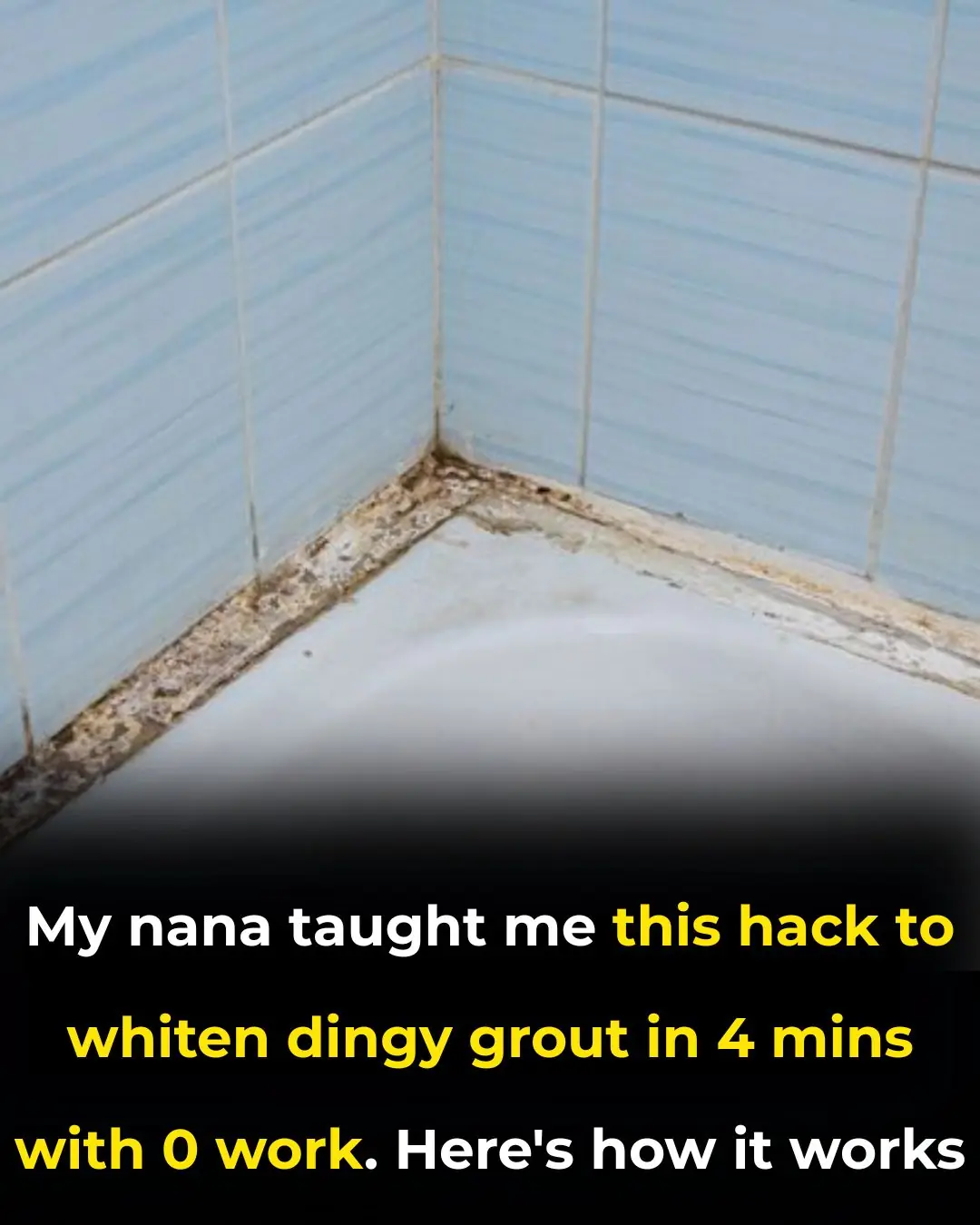
My nana taught me this hack to whiten dingy grout in 4 mins with 0 work. Here’s how it works

You’re doing it all wrong. Here’s the right way to dust your home
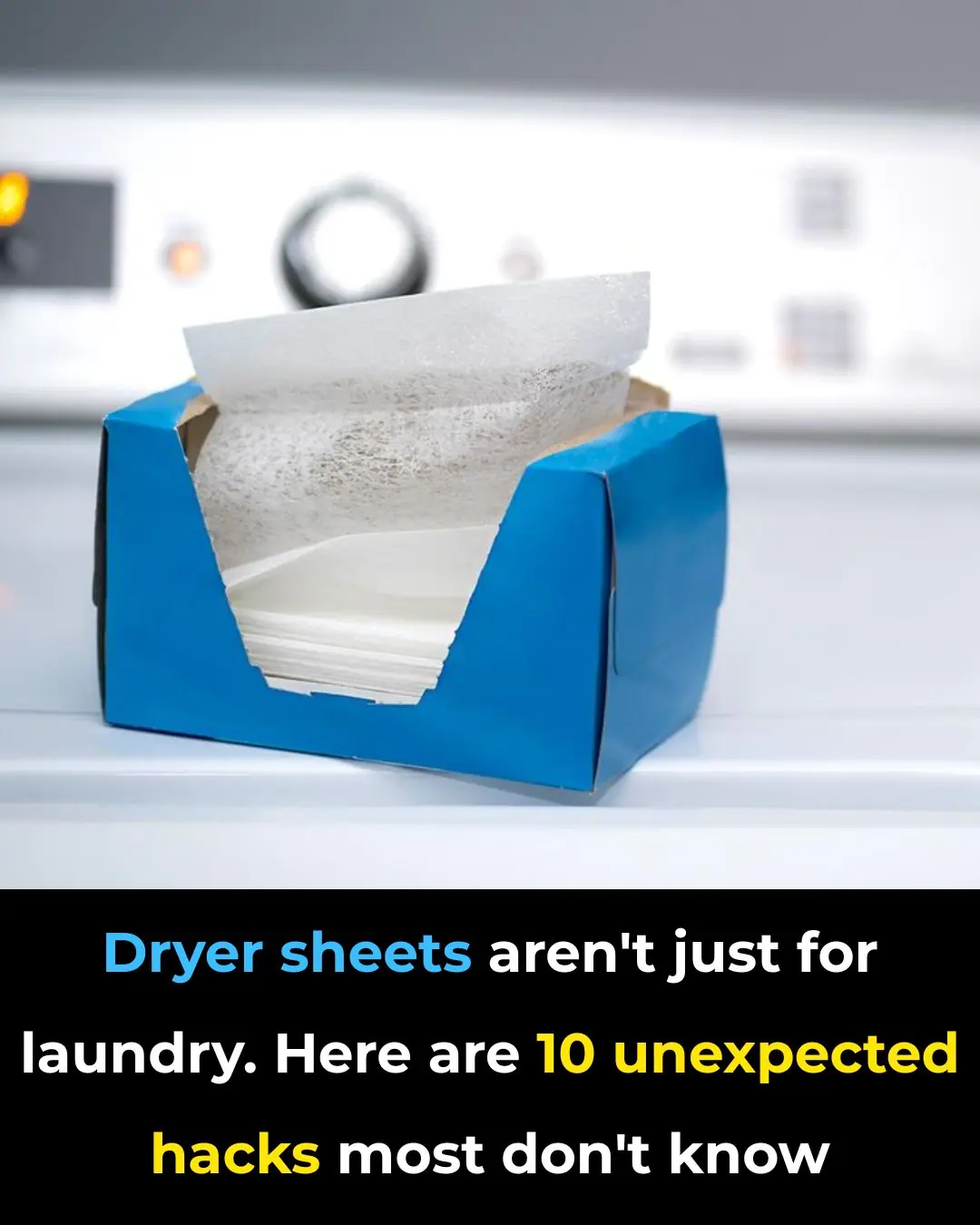
These ideas are amazing
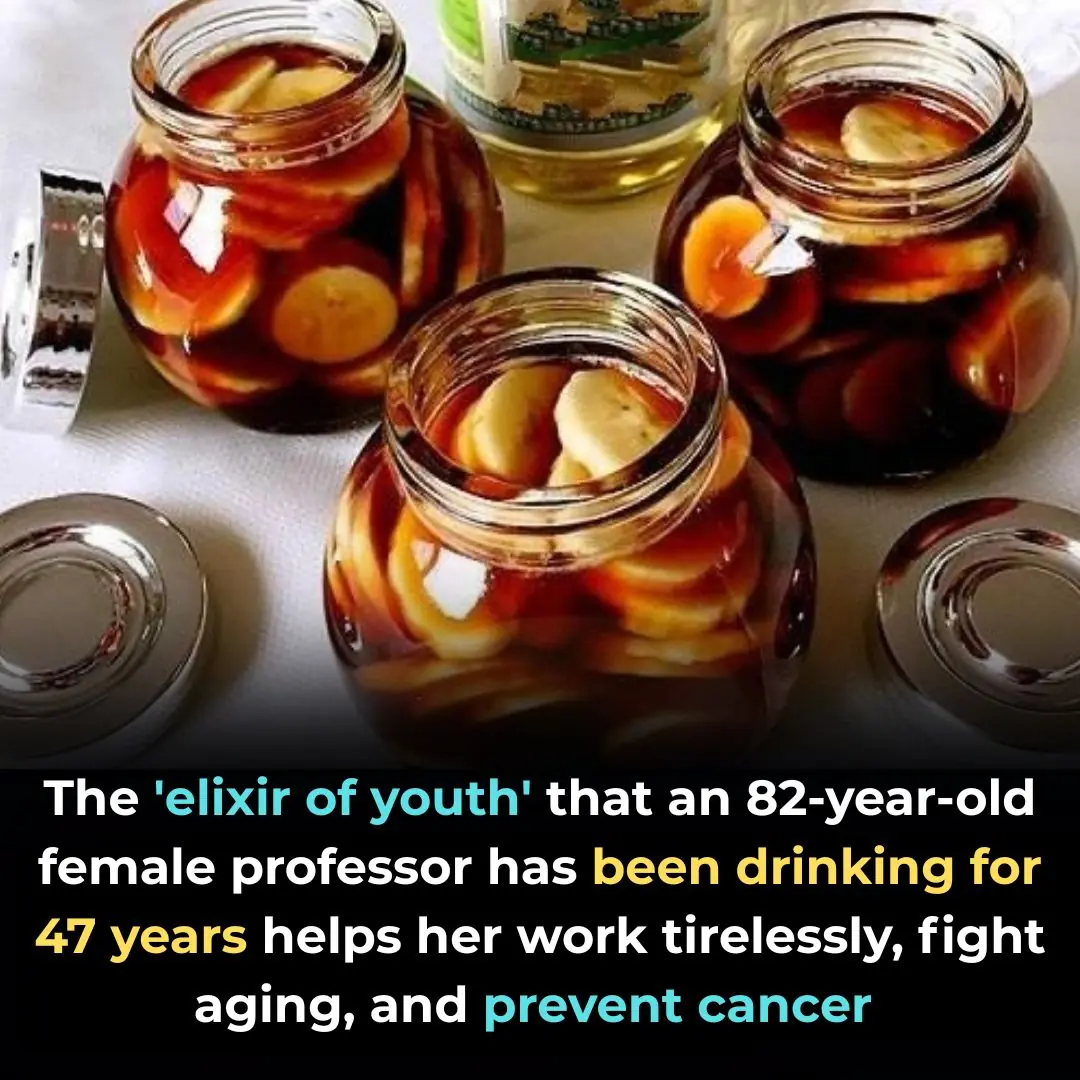
The 'immortality' drink helps an 82-year-old female professor work tirelessly and fight aging: The recipe is extremely simple

Wild vegetables that never worry about chemicals are considered longevity vegetables in Japan, but many Vietnamese people still pull them out.

Add a drop of essential oil to an onion, and no matter how many mosquitoes and insects there are, they will all fly away.
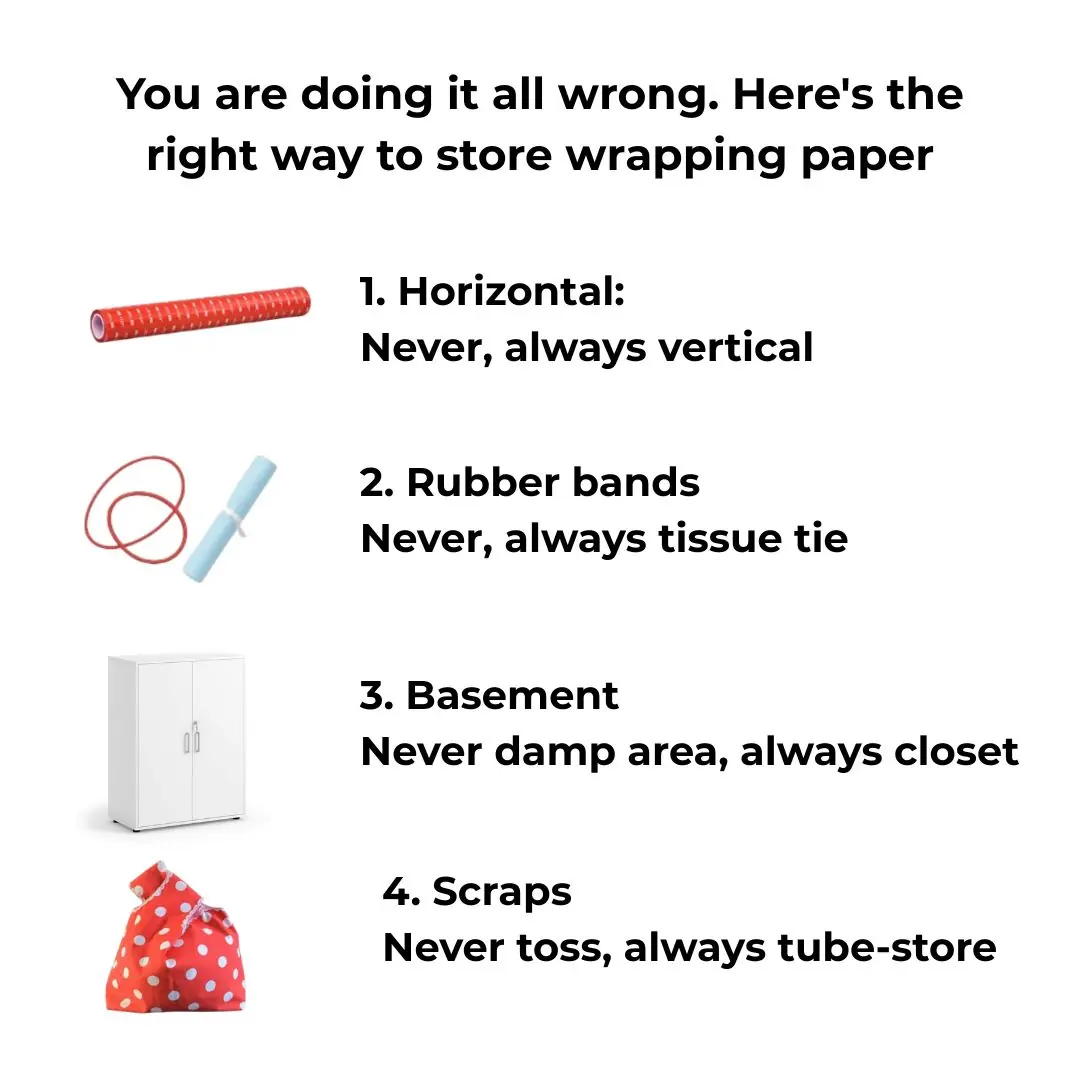
You are doing it all wrong. Here’s the right way to store wrapping paper
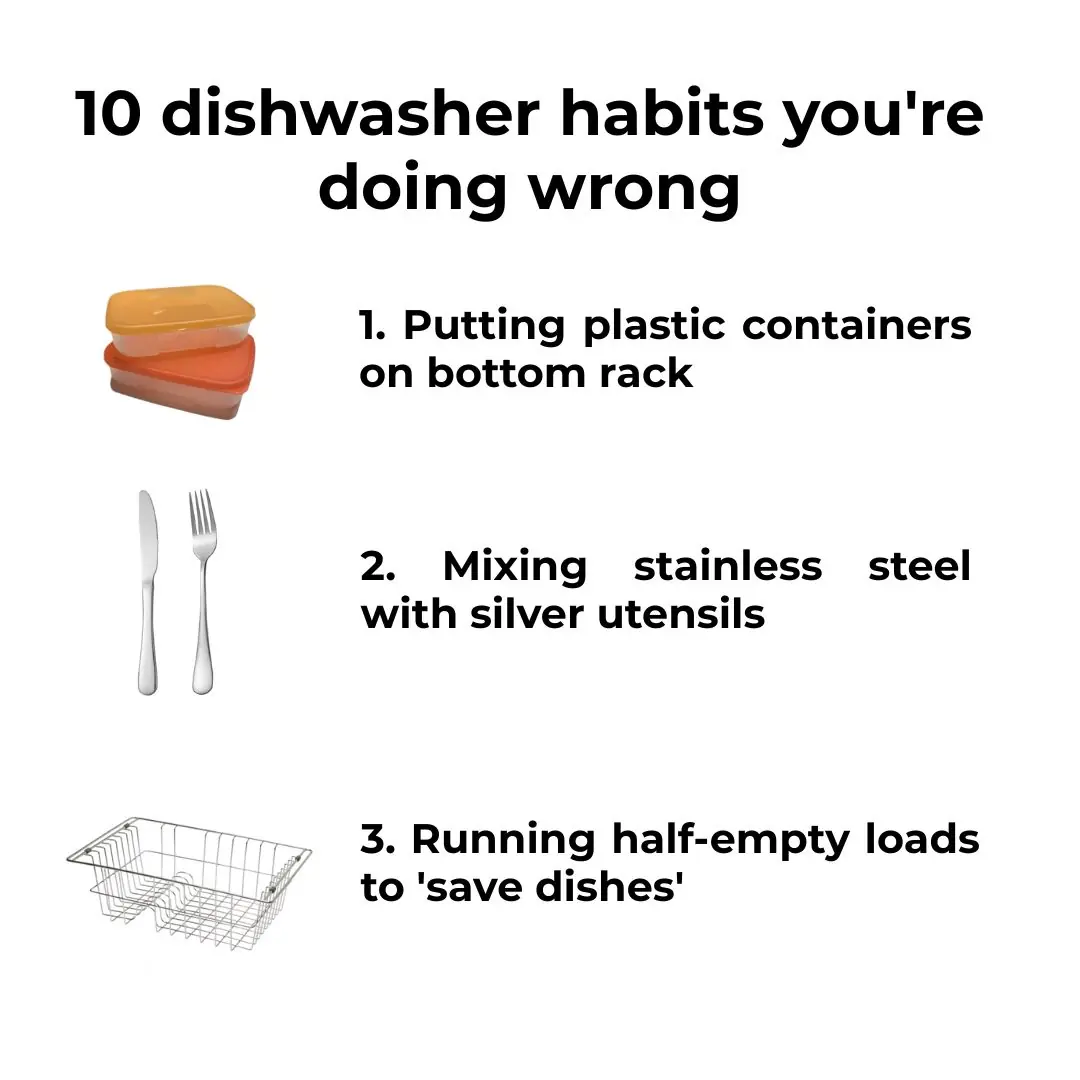
10 dishwasher habits you’re doing wrong
News Post

Tiny Warriors Celebrate Their First Halloween at Sarasota Children’s Hospital
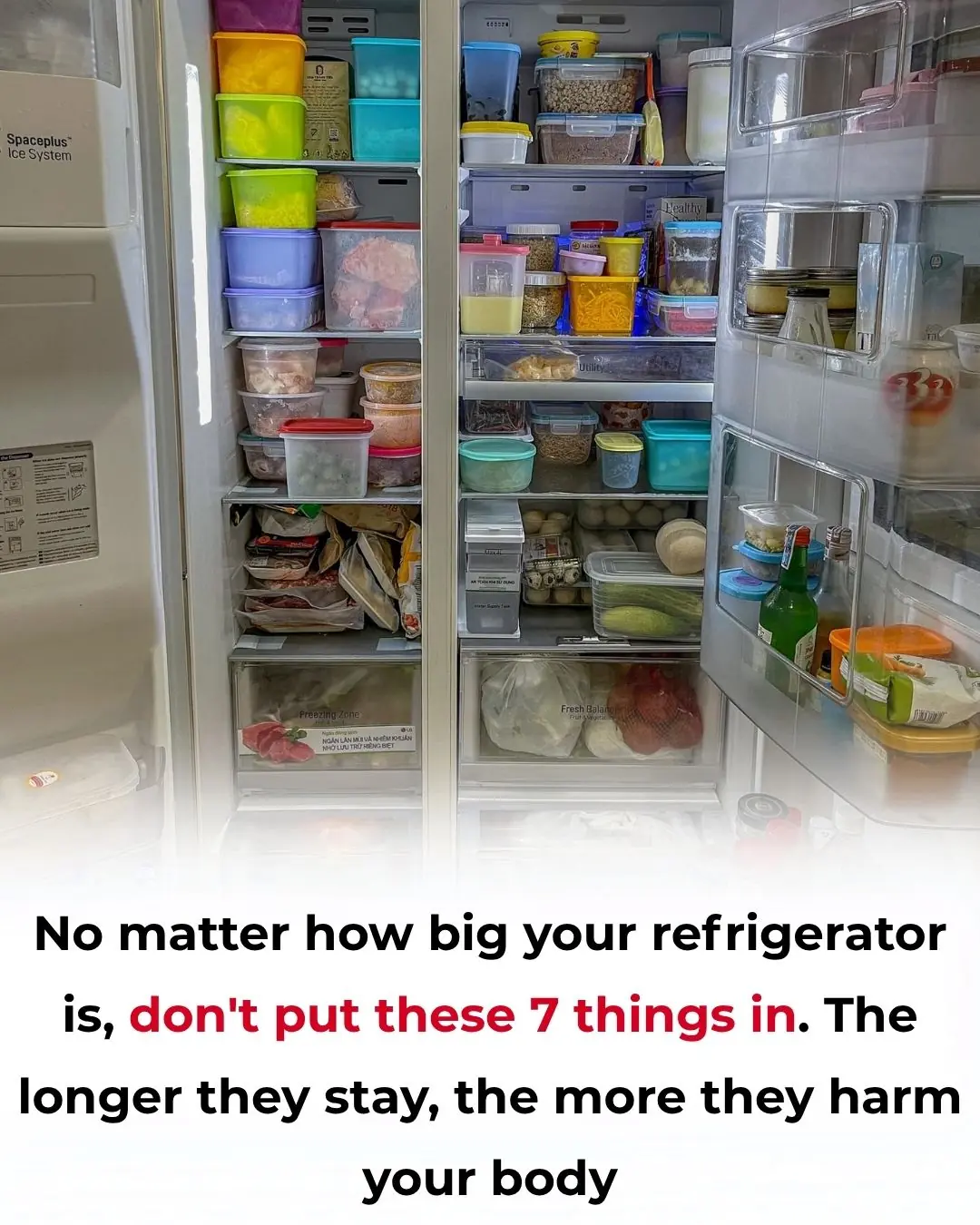
Don’t Ignore This: Check Your Fridge Now and Remove These 7 Items Before It’s Too Late

Zi Long’s Story: A Bell of Courage and New Beginnings

Why is that and the answer for those who don't know?

A Quiet Farewell: Robert Redford’s Final Glimpse of Hope.

The Elephant Who Swam Too Far: A Story of Courage, Compassion, and Survival.

Why Do Flat Electrical Plugs Have Two Round Holes? The Hidden Function Is Brilliant

YouTuber shocks fans after revealing he hasn't showered in three months

YouTubers expose reality of 'toxic' Colorado ghost town that was abandoned for tragic reason

What Your Pile of Dirty Dishes Might Really Be Saying About You

Japanese scientists delete chromosome that causes down syndrome

Sleeping Naked: 8 Surprising Benefits

You're doing it all wrong. Here’s the right way to store butter

Unlock Radiant Skin: Your Comprehensive Guide to Homemade Flaxseed Gel

Can You Really Reverse Grey Hair? The Truth Behind Natural Remedies and Modern Treatments

Why There’s a Dent in Your Milk Jug—and What It Actually Does

Transform Your Hair Naturally with Onion and Coffee: A Powerful DIY Treatment for Thicker, Healthier Hair

DIY Rice Flaxseed Gel for a Youthful, Glowing Complexion: Revitalize Your Skin Naturally
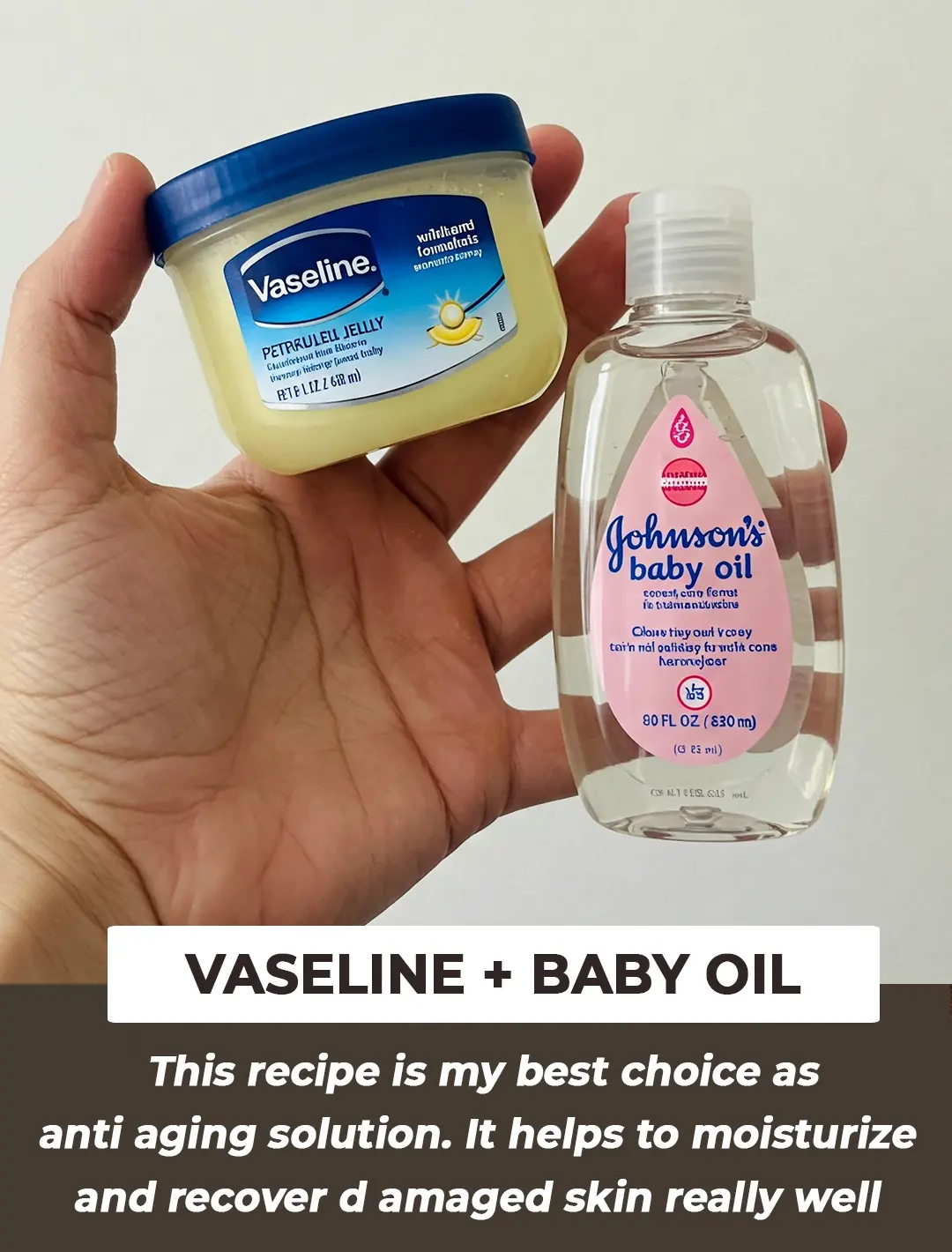
The Ultimate Anti-Aging Solution: How Vaseline and Baby Oil Can Transform Your Skin Overnight
